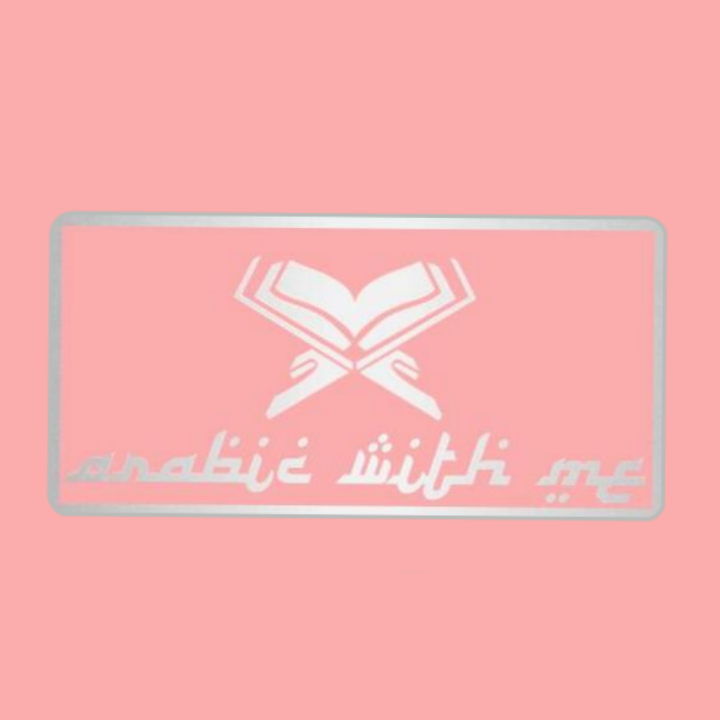Lesson 20 - Attaching Pronouns To A Verb
- Arabic With Me

- Jan 18, 2023
- 2 min read
In the previous lessons we learnt how to attach pronouns to pronouns and nouns. In this lesson we are going to learn how to attach pronouns to Past Tense verbs in sha’a Allah.
Attaching Pronouns to Past Tense Verbs
First what we need to mention is that these pronouns which are attached to a verb are also called Object Pronouns, and therefore they are mansoob when attached to a verb as they are the ones on whom/ which an action is being done.
So, Object Pronouns (me, you, us, him, her, them) are used when you do something directly to someone or something else. In Arabic, these pronouns are suffixes that are attached to the verb.
The pronouns are the same as those which are attached to nouns and prepositions with only one exception, and that is the first person singular, where instead of a ي ( YAA ), we have a NOON + YAA نِي ( -NEE )
Let us look at all of the pronouns we have which we can attach to a verb:

As you can see, the only difference is that we have a NOON before the YAA in the first person singular.
Now let us take a look at one example by taking one of the verbs in past tense which we learnt before and see how it looks like when we attach a pronoun to it. For that we will take the example of the verb سَأَلَ ‘ he asked ‘

NOTE: The verb is attached to the pronoun, the mistake here is due to program, which means the laam ل of the verb is attached to the pronoun.
The نی ending is only attached to verbs. For اسم and حرف (preposition) the ending is a simple ی .
So we see that it is not hard to attach the pronoun to a Past Tense verb, and also to a Present/ Future Tense verb, which we will learn later on in sha’a Allah.
We hope that this part is clear in sha’a Allah. If you have any questions, please feel free to email me at:




Comments